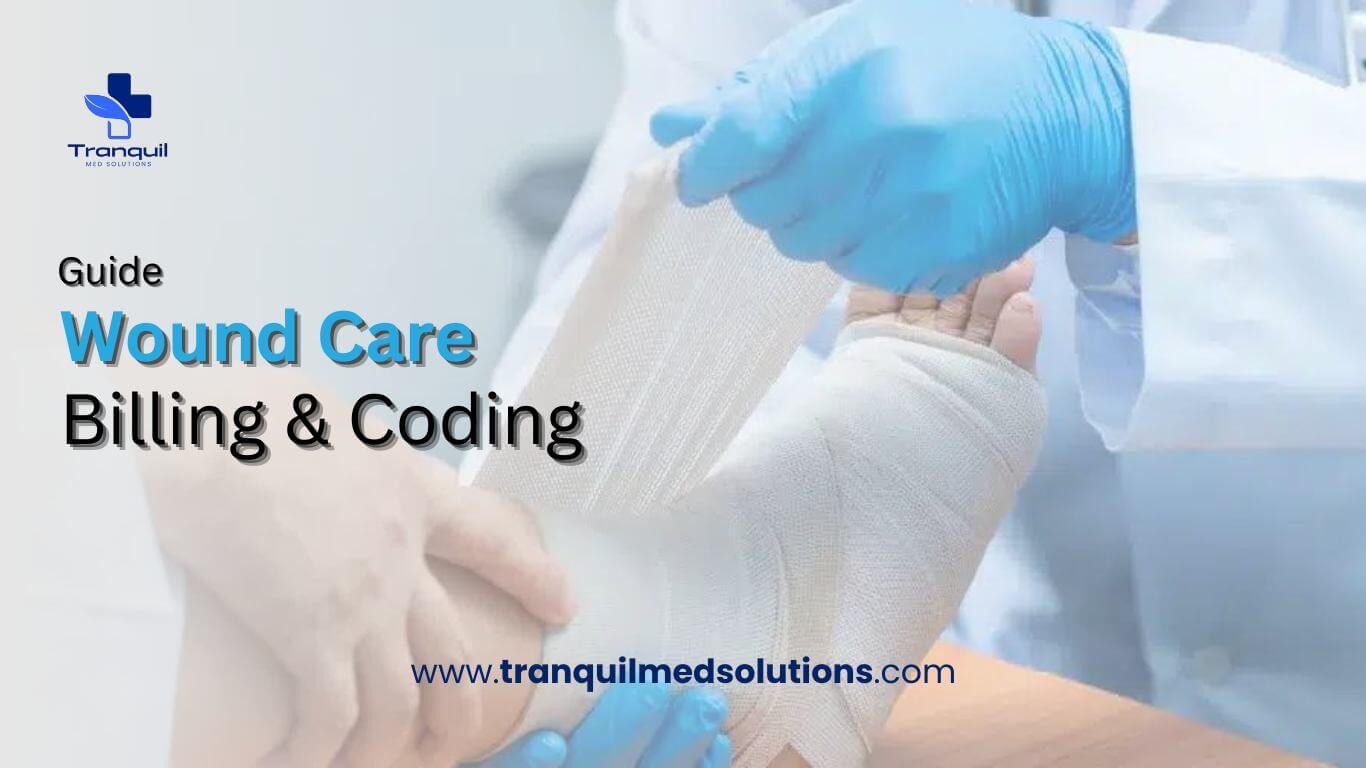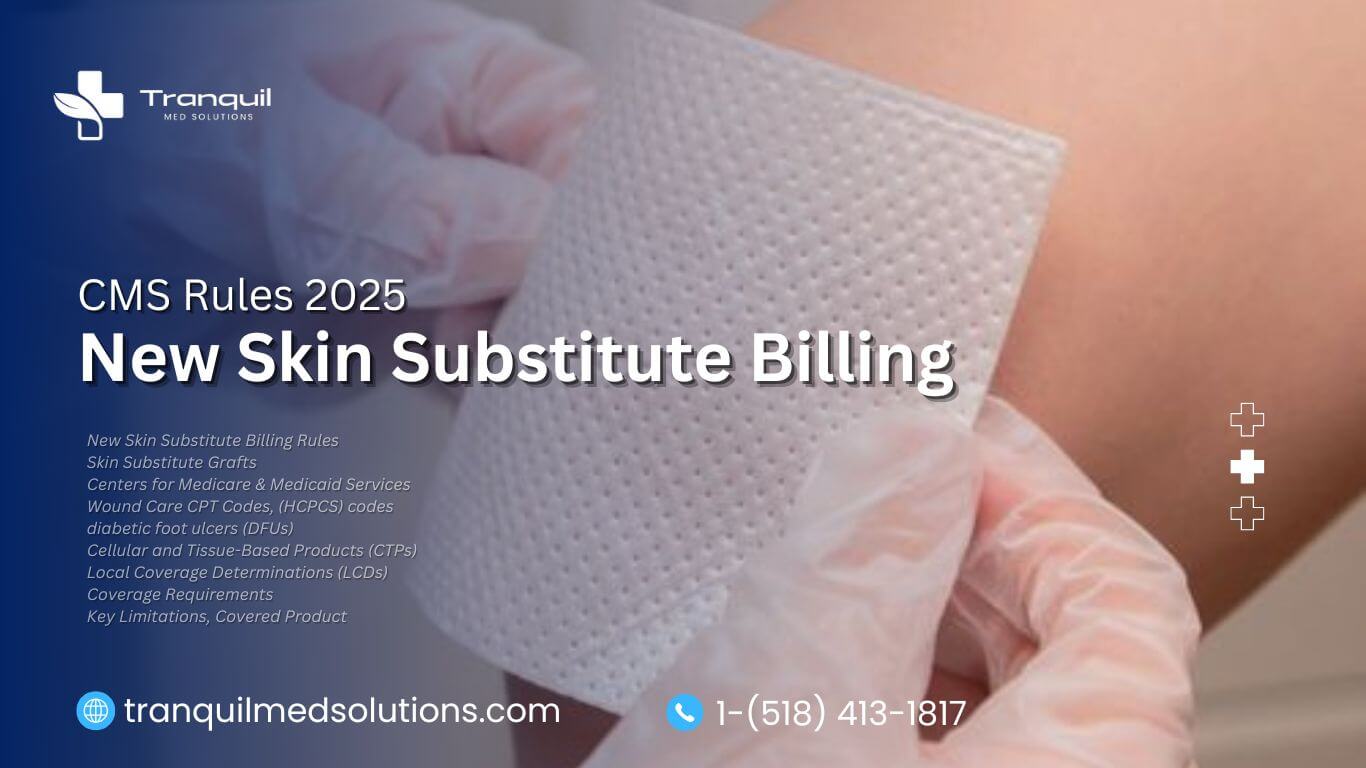Billing for wound care services can be much more complicated than billing for other specialties due to several specific factors. With high reimbursement rates for wound care procedures and supplies, it’s critical for both practitioners and billers to collaborate closely to maximize revenue. The stakes are high, and even small practices can see a substantial increase in revenue with proper wound care billing—sometimes tens of thousands of dollars per month. We’ve seen it happen.
The key lies in understanding the complex details of wound care billing and consistently applying that knowledge to every charge. Unfortunately, many providers and billing services overlook these nuances, resulting in lost revenue. That’s where we step in.
Documentation Requirements for Wound Care Services
Wound care documentation is critical for ensuring timely and full reimbursement. The process requires detailed and thorough information to accompany each patient’s record and claim submission. Here’s what needs to be included:
Types of Wounds
There are four main types of wounds that fall under wound care billing according to CMS:
- Acute Wounds
- Chronic Wounds
- Open Wounds
- Closed Wounds
Each wound should be described in detail, including its specific characteristics and circumstances.
- Size
- Appearance
- Fluid drainage
- Presence or potential for infection
- Any related medical conditions
Chronic Wounds
For chronic wounds, detailed patient medical records are crucial, as these conditions often require ongoing and extensive care.
Description of Treatment Modalities
Different treatments are used based on the type of wound. Proper documentation of each treatment is essential.
Dressings Used
The type of dressing is vital to the healing process and reimbursement. Various dressing types (low-adherent, films, hydrogels, alginates, foams, etc.) are used depending on the wound’s stage. Keeping track of dressing technology advancements is important, as it may affect cost and insurance reimbursement.
Topical Agents
Every topical treatment—whether ointments, antibiotics, or other agents—needs to be documented. Include their role and purpose in the healing process for clear tracking of treatment progress.
Negative Pressure Therapy
This newer therapy method is increasingly used in wound care. If applied, it must be fully documented, as it can significantly impact the healing process.
Description of the Wound Healing Process
The wound healing process must be carefully monitored and recorded, including:
- Dressings used throughout treatment
- Detailed notes on the wound’s healing progress
- Extent of recovery at each follow-up visit
- Images documenting the healing process
Regular follow-ups should track recovery, note any complications, and document any necessary interventions like antibiotics or referrals for further tests or procedures.
By ensuring that all of these aspects are meticulously documented, both providers and billers can help streamline the billing process and maximize reimbursement for wound care services.
Coding and Claims Submission
Wound care services must be translated into CPT and HCPCS codes, which can frequently change. For example, CMS has updated its guidelines on wound care billing multiple times since 2022. It’s essential for both providers and billers to stay updated on these changes to avoid underpayments or denials.
Common CPT Codes for Wound Care
- 97597 – Debridement of open wounds (first 20 sq cm or less)
- 97598 – Each additional 20 sq cm of debridement
- 97602 – Application of dressings with topical medications, including therapy pump management
- 97605 – Mechanical debridement per session
- 97606 – Medication instillation via PICC or CVC per session
HCPCS Codes for Wound Care
HCPCS codes are used to record and track services and supplies. There are over 100 codes related to wound care supplies, such as different types of dressings based on their size.
- A6222: Sterile gauze pad, infused with substances other than water, saline, or hydrogel. This is a small pad, 16 square inches or less, without an adhesive border, used for wound care.
- A6223: Similar to A6222, but for larger pads measuring over 16 square inches and up to 48 square inches, also without an adhesive border.
- A6234: Hydrocolloid dressing for wound coverage. This sterile pad is 16 square inches or smaller and doesn’t have an adhesive border, providing protection while promoting healing.
- A6235: Hydrocolloid dressing, just like A6234 but sized between 16 and 48 square inches, offering the same sterile protection without an adhesive border.
This language simplifies the descriptions, making them clearer and easier to understand, while maintaining the important details.
Billing Modifiers
Modifiers provide additional information to describe services more precisely. Common modifiers for wound care include:
- A1-A9 – Indicates the number of wounds a dressing is applied to.
- 59 – Distinct service performed during the same encounter.
- GN, GO, GP – Therapy services provided.
- LT, RT, X – Wound laterality (left, right, or bilateral).
How We Can Help
We’ve invested heavily in understanding the complexities of wound care billing to ensure that our clients receive the maximum reimbursement. While many billing services struggle with wound care, we have the specialized knowledge to significantly improve revenue for our clients.
If you want to learn how we can streamline your wound care billing process and help you get paid faster, feel free to reach out to us. We’re here to help you succeed.




